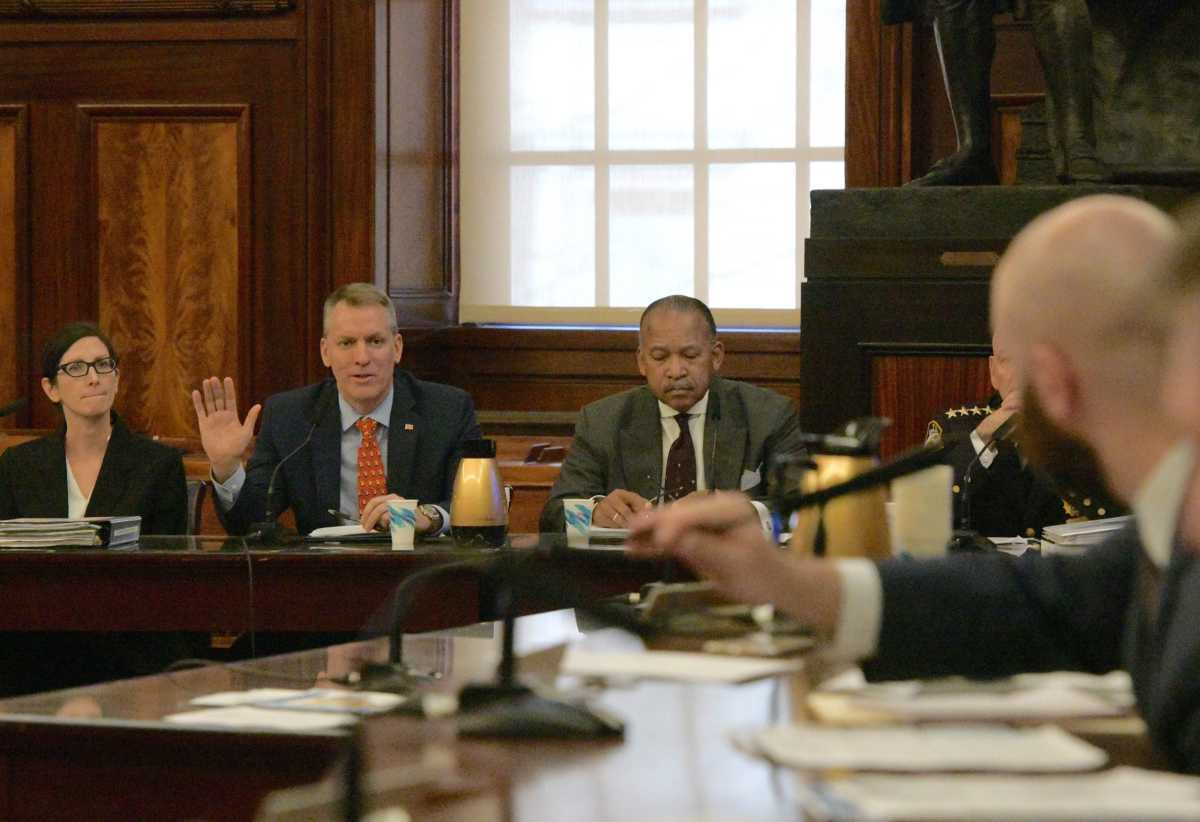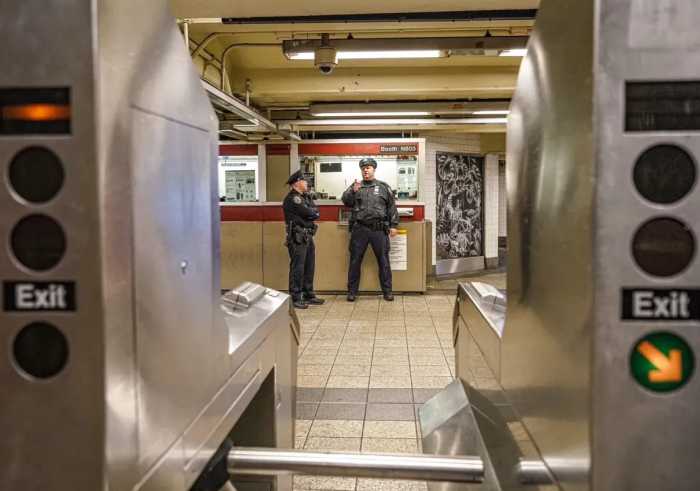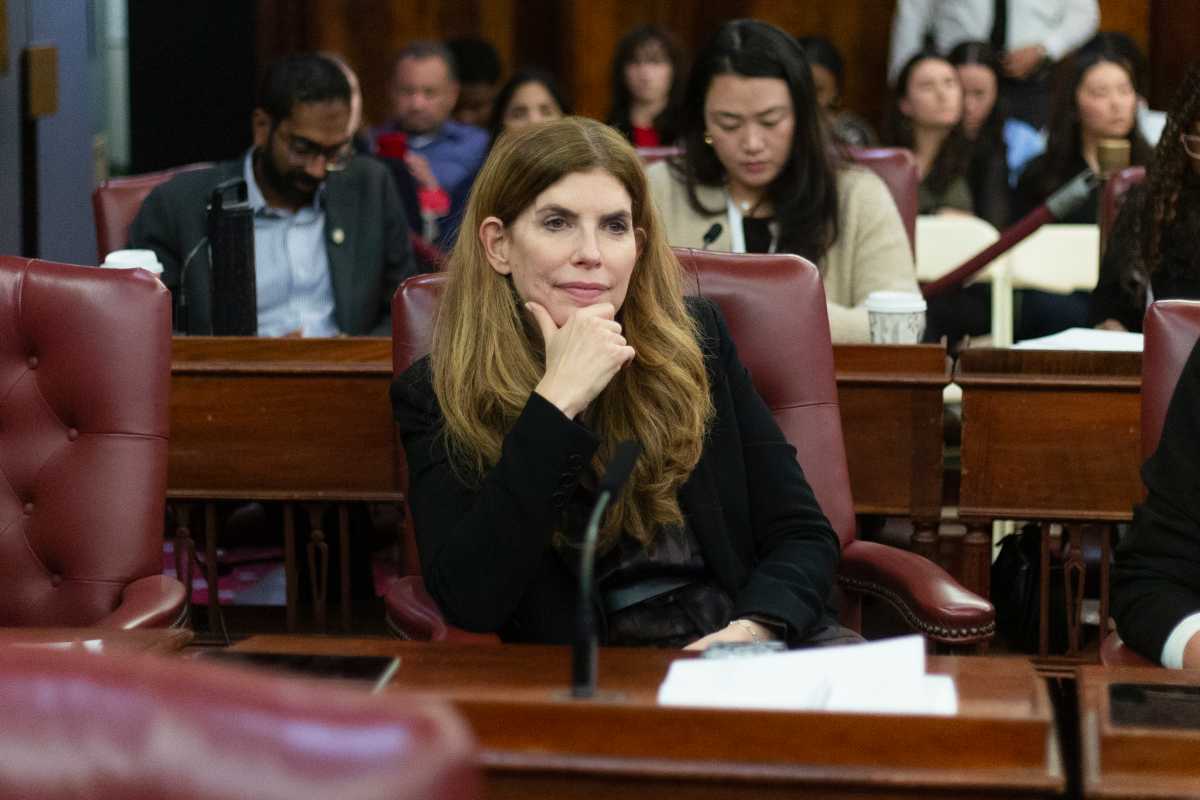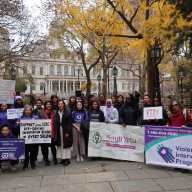The NYPD maintained that while they were in support of bail reform, officials say changes need to be made to make sure those committing certain felonies are not released without bail and that people who are being released after arrest are not committing additional crimes.
The bail reform issue came to the fore at a City Council Public Safety Committee hearing at City Hall on the NYPD budget that also requested increased funds from everything from overtime to capital projects. In that $5.8 billion budget for FY20 and $5.6 billion for FY21, there was $50 million for radio replacement and upgrades that would allow the NYPD to encrypt their transmissions that might cut out both the media and volunteer companies around the city.
While there was discussion about controlling overtime, that runs on the average of $612 million, council members expressed concern that there was not oversight within the department to control it. Actual overtime for FY18 to FY 2019 exceed the budget, averaging $731 million.
Overtime for the first six months of the 2020 fiscal year is already exceed by $158 million.
But the budget hearing frequently diverged from the budget to other issues, including the question of bail reform and how it pertains to last year’s increase in crime.
Commissioner Dermot Shea continues to maintain that while they were in support of bail reform that kept people in jail because they didn’t have money, he said there needs to be changes so that “recidivists” are not released to commit more crimes.
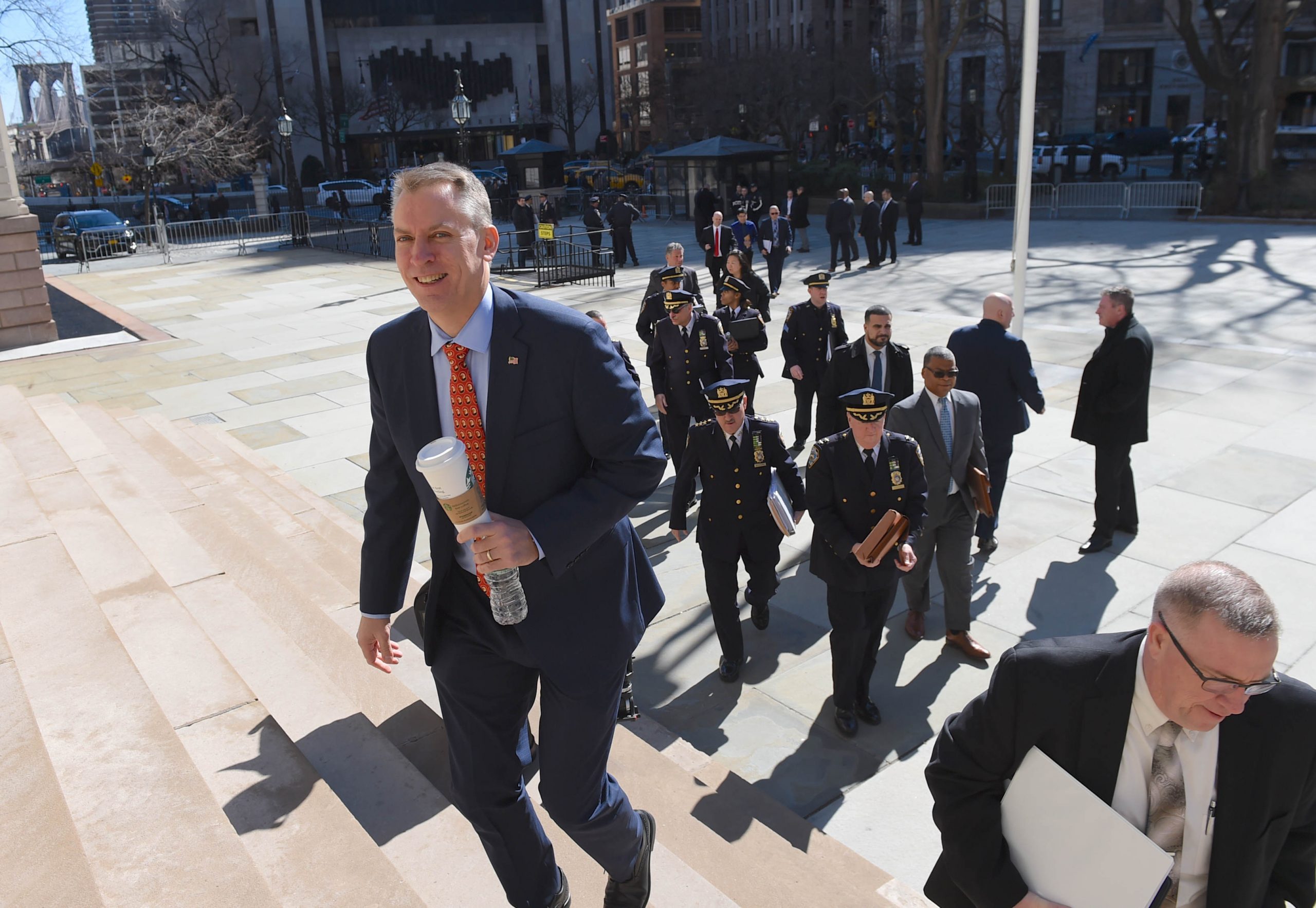
Chief Crime Control Strategies Michael LiPetri said he has analytical evidence that in many cases, they have people who have gotten arrested, and then go out and commit yet another crime after receiving a Desk Appearance Ticket (DAT). Commissioner Dermot Shea maintains that this has contributed to the recent spikes in crime.
“We’ve had people that have gotten a DAT for GLA, (grand theft auto) walked out of station house, walked two blocks and then jumped into another auto,” LiPetri said. “Last year, we had 63 people eligible for DAT’s and now we have had 818 people who walked right out of the stationhouse and (a few) committed another GLA – so they were treated like someone who just took a shirt of a rack in a store.”
Councilman Rory Lancman challenged the NYPD on their numbers, saying “for you to persuade me that reforms are causing spike in crimes, I will need much more than anecdotal evidence.”
Chief LiPetri maintained the department’s evidence is “data driven” and is math and, “if you want to come to my office I will lay it out for you if you like.”
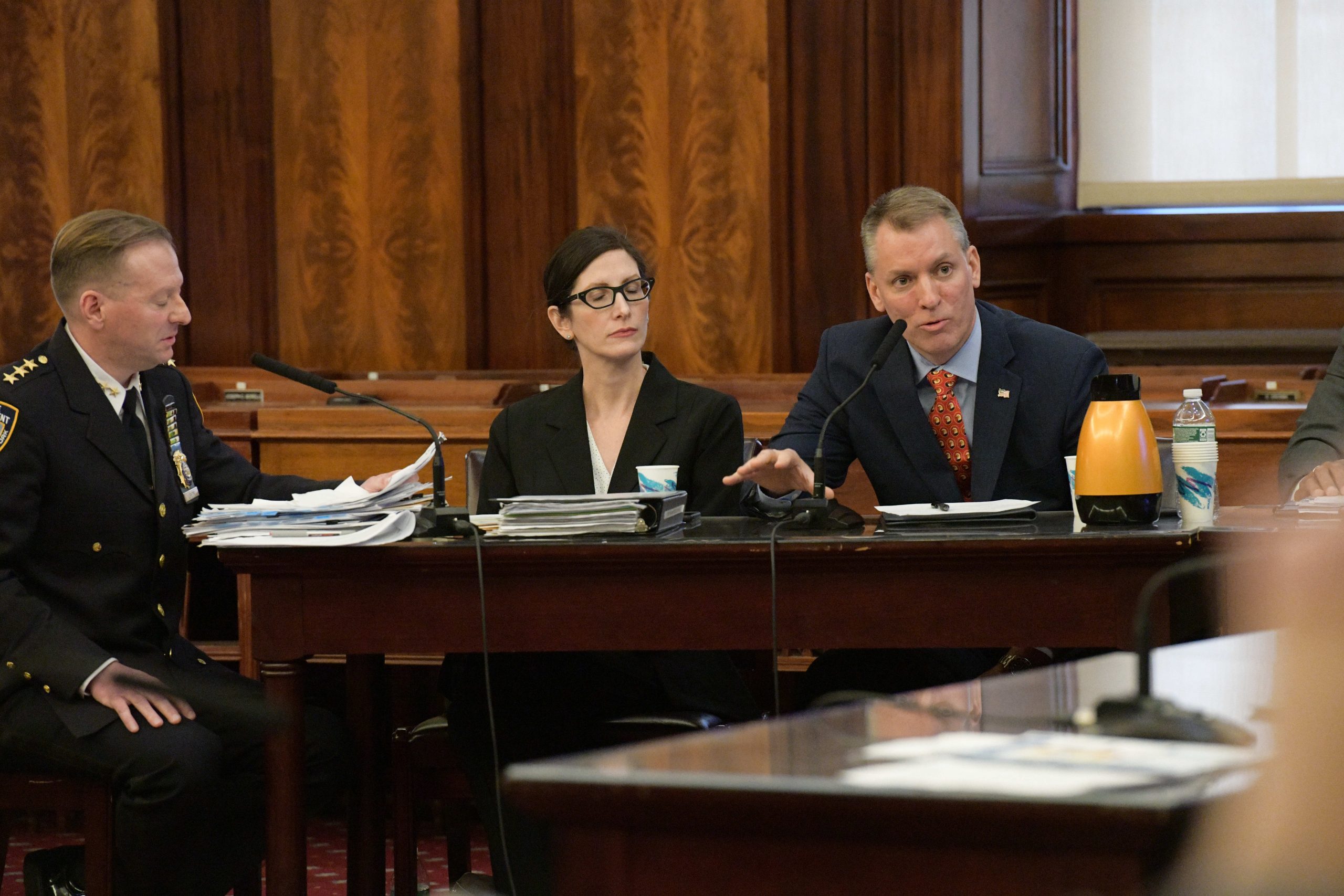
Lancman replied, “nothing you said to me refuted the data and math on felonies and crimes committed.”
While murders were down for the month, overall crime in February was up. Last month, Commissioner Shea said 140 people committed 230 crimes after they were released without bail. February numbers have not yet been released.
“We’ve worked with prosecutors, non profits, the City Council, an adjusted policies internally and we’ve knocked down crime by 50 percent and that has caused a reduction in number of people on Rikers Island,” Shea said. “We welcomed bail reform and we welcome more opportunities – but with quick movements with 20 percent of people dropped without safety nets, without options for judges, our data, stories newspapers – on this I welcome discussion.”
LiPetri agreed with Shea saying, “We want people who are arrested for low level crimes to be with their families on this we agree. But we want to look at individuals getting out because they commit non-bail eligible felonies, some convicted felons who are committing crimes all over city.”
As for whether he felt the council got his message, LiPetri said, “we’ll see.”
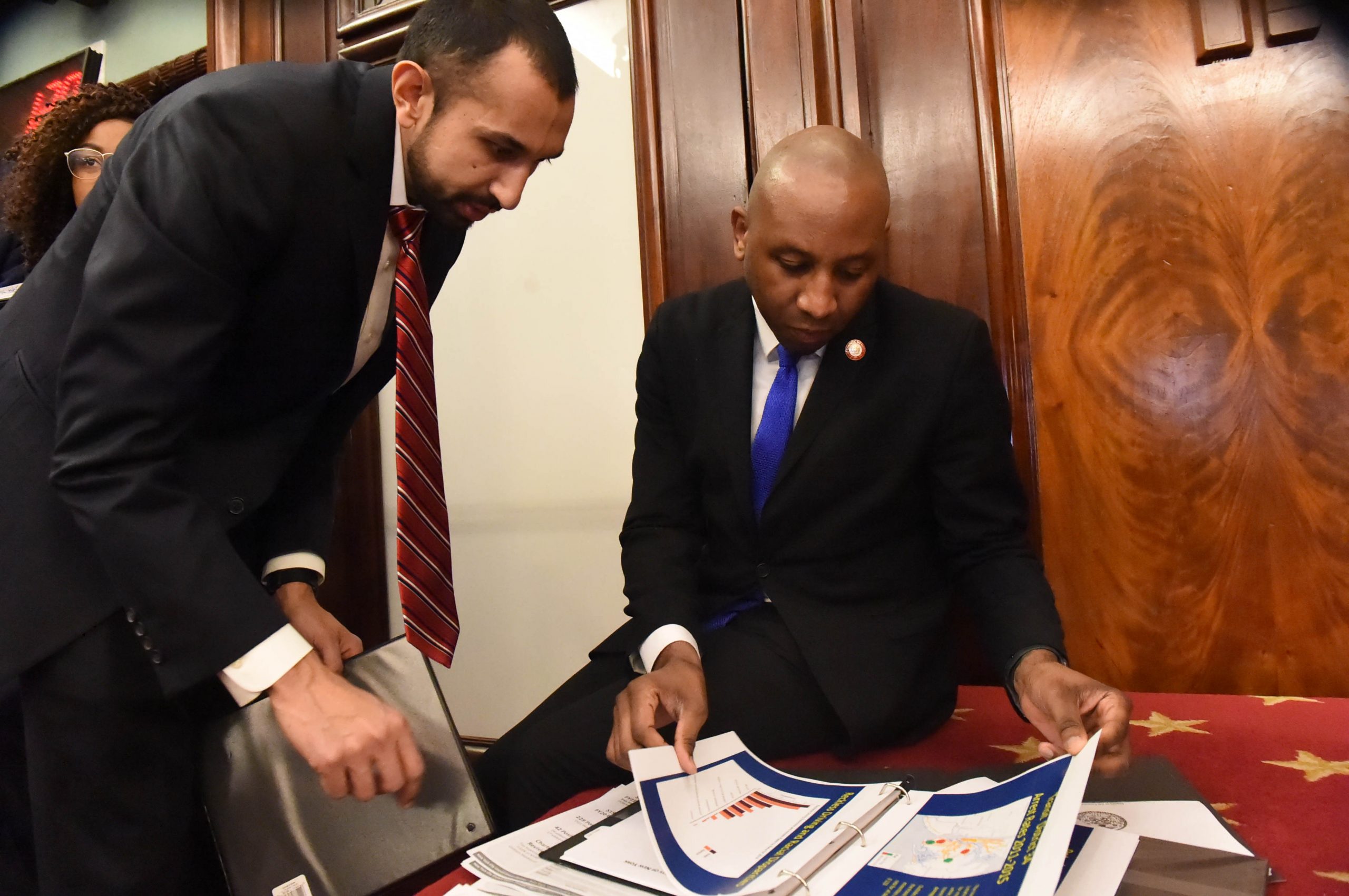
Shea also called for increased funding for juvenile programs that encourage youth to have proper after school activities from the Police Athletic League, Explorers programs and keeping school gyms open after classes.
“The next evolution is to do much more regarding kids – juveniles – in this city,” Shea said. “And I am not talking necessarily about kids getting arrested; I am talking about all kids. And I can say with great optimism, that there is probably not a day that goes by that members of the NYPD do not meet with organizations operating around New York City – and outside the criminal justice system – that have the same goal in mind.”
He continued, “We have a unique opportunity right now and it would be a real shame if we failed to capitalize on it – the really take a look at the population of kids in NYC and make certain that everything possible is being done to ensure that they do not get into trouble; that they have avenues to express themselves; that they have places to go after school at night or on weekends.”

This story first appeared on amny.com.

